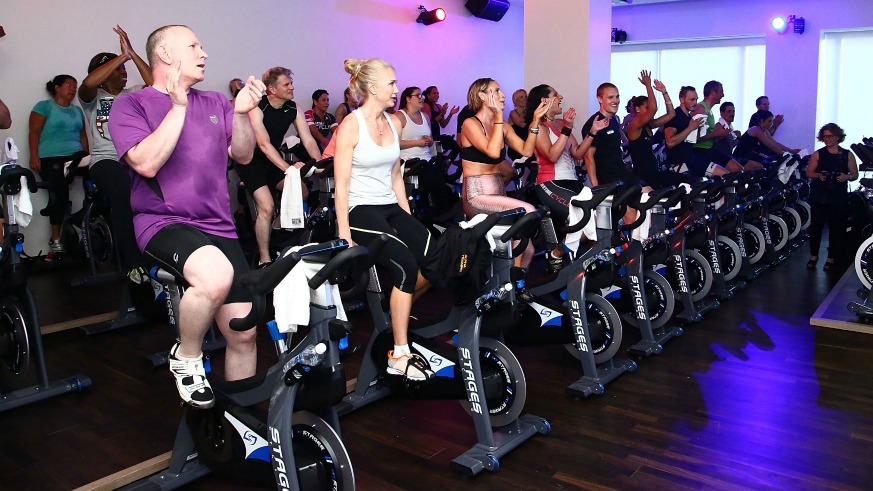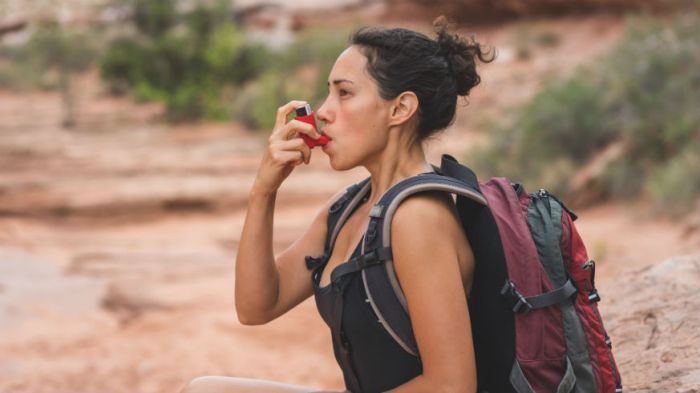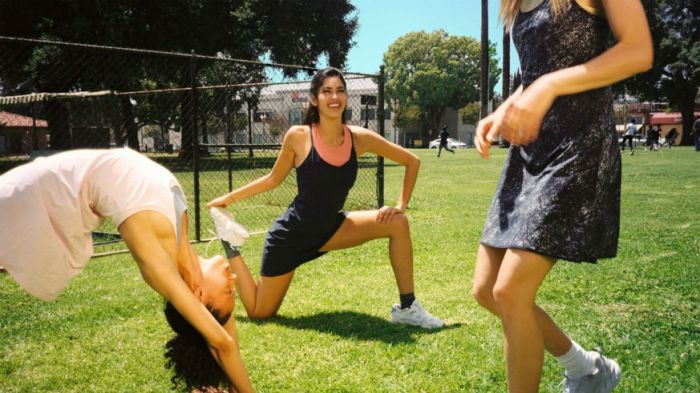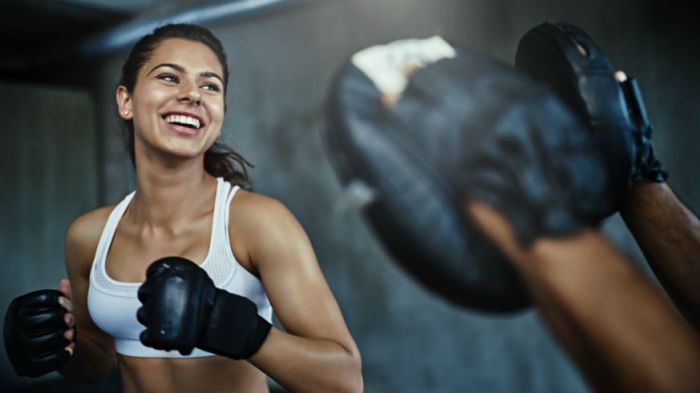The images and inspirational quotes are all over Instagram and Pinterest.
“Excuses don’t burn calories.”
“Sore? Tired? Out of Breath? Good, it’s working.”
Prominent workout trends like CrossFit, indoor cycling and P90X make the sweaty exhaustion (and often, vomit) that comes with these high-intensity workouts a badge of honor, but all of that balls-to-the-wall effort can be dangerous — and even deadly.
What is rhabdomyolysis?
A report published in The American Journal of Medicine in April highlighted the growing problem of rhabdomyolysis in indoor cycling and maybe even your local spin class. Rhabdomyolysis — often called “rhabdo” in fitness circles — occurs when muscles are exposed to too much intense exercise and the tissue begins to die. When that happens, the contents leak into the blood, leading to severe kidney strain, pain and even death.
Rhabdomyolysis is common in people who work in intense jobs like firefighters and the Army — a 2012 study found 400 cases of the illness in Army recruits. However, emergency rooms are seeing more cases of people who are used to exercise, but aren’t used to high-intensity workouts.
New York kindergarten teacher Christina D’Ambrosio is one of those cases.
“I thought my body just wasn’t used to that kind of muscle ache because it was my first class,” she told The New York Times of developing rhabdomyolysis after a spin class.
Rhabdomyolysis symptoms
D’Ambrosio isn’t alone. The study highlights her experience, along with the experiences of 45 other people who developed rhabdo in indoor cycling classes. Most, like D’Ambrosio, were trying it for the first time. Previous studies have examined other cases of the illness, including one where doctors had to cut open a woman’s thighs to relieve pressure. Other rhabdomyolysis symptoms include dark brown urine and extreme fatigue.
Rhabdomyolysis causes
“These are people who are not unfit,” lead study author Dr. Todd S. Cutler told The Times. “They are being pushed too hard, and they’re not trained to do this, and so they get really bad muscle trauma.”
So, do we have to give up intense exercise to avoid rhabdo? No, but set limits — and not every workout has to be feel-like-dying intense to be effective.
“One thing I’ve noticed when people tell me they’ve gotten rhabdo in the gym is that they gave up their personal power,” Joe Cannon, an exercise physiologist and author of Rhabdo: The Scary Side Effect of Exercise You’ve Never Heard Of, told the newspaper.
“They kept doing what the instructor told them to do because they did not want to look weak.”

























